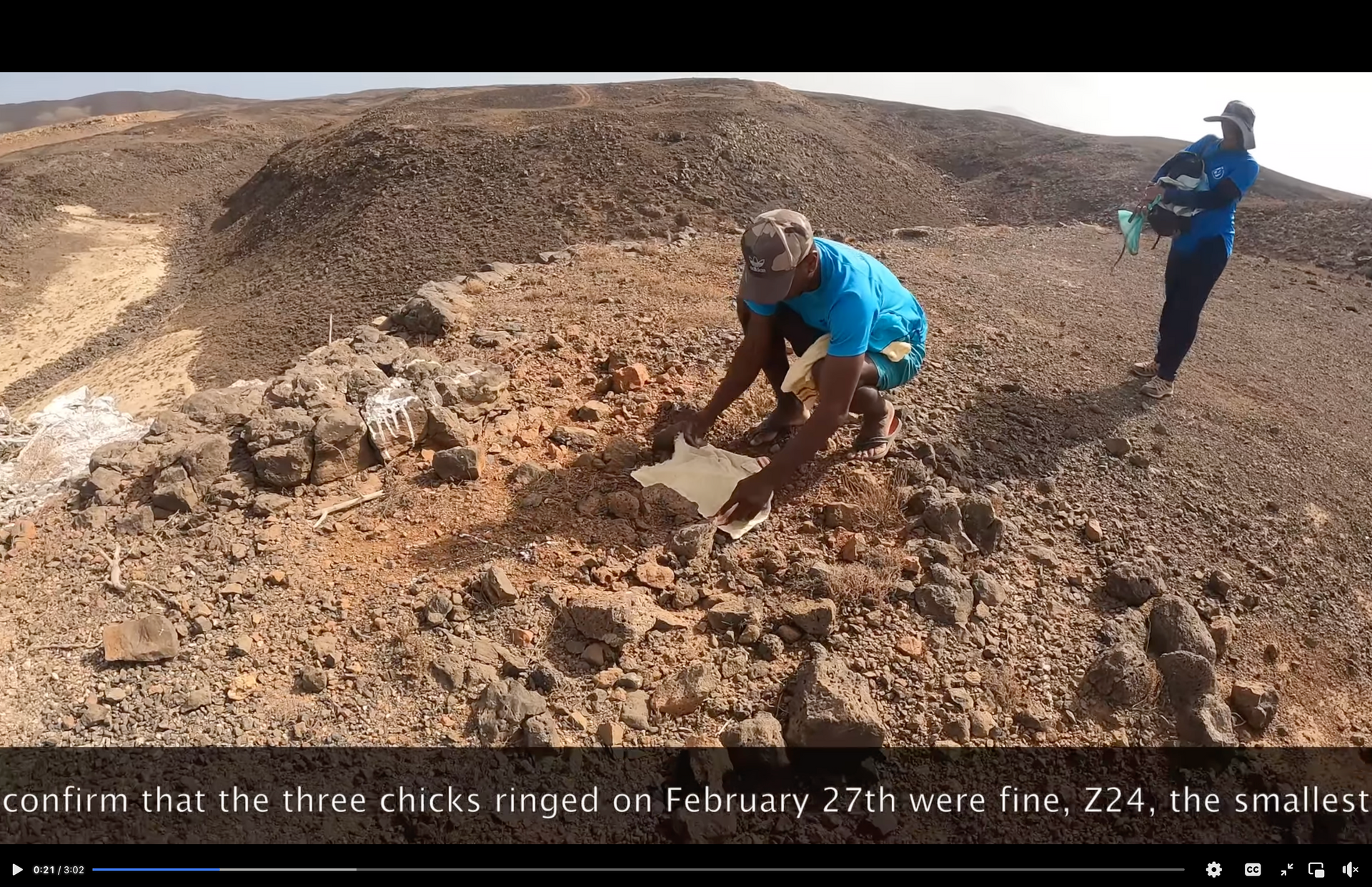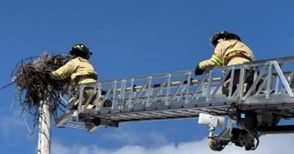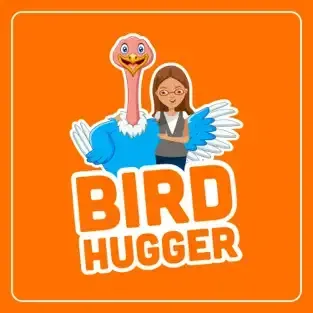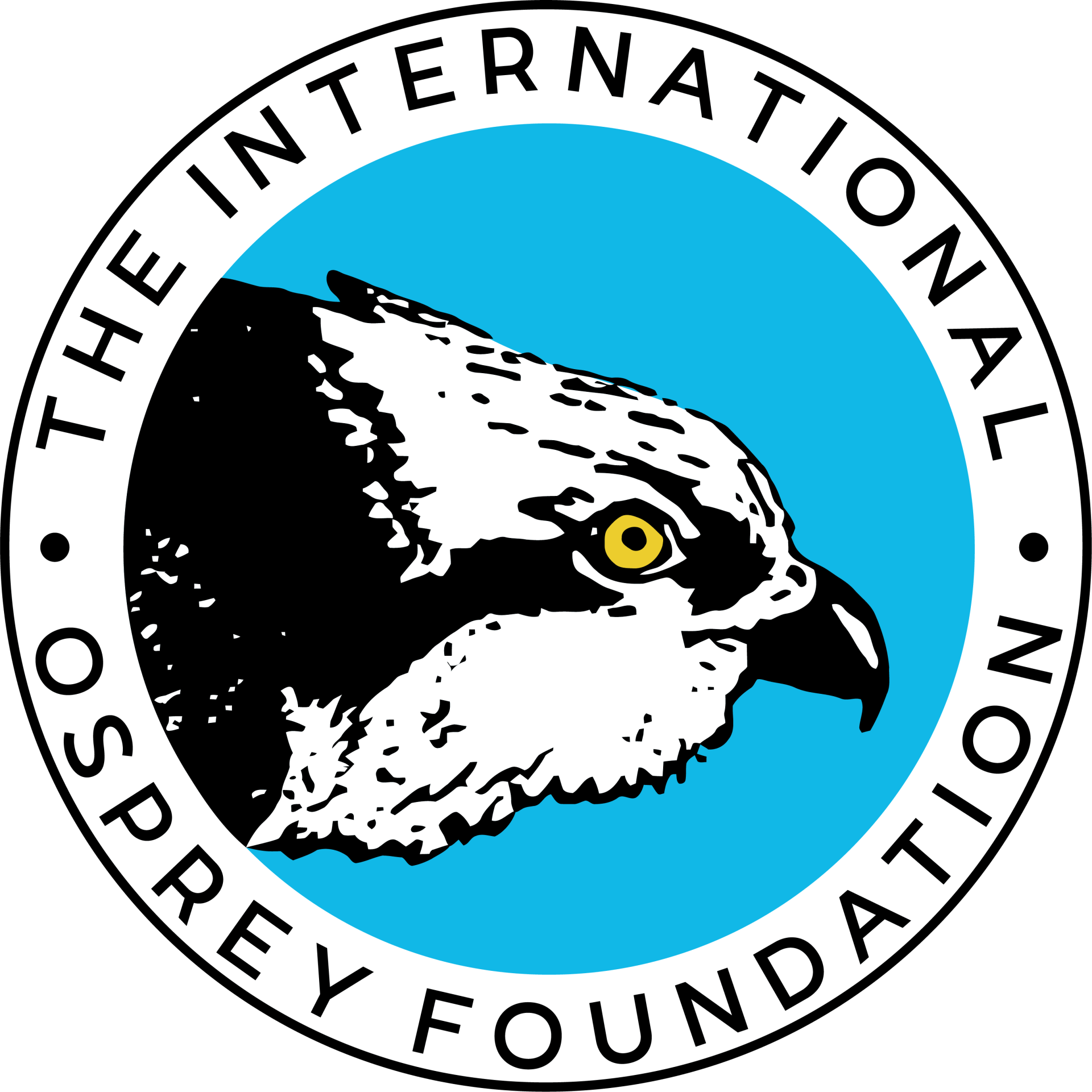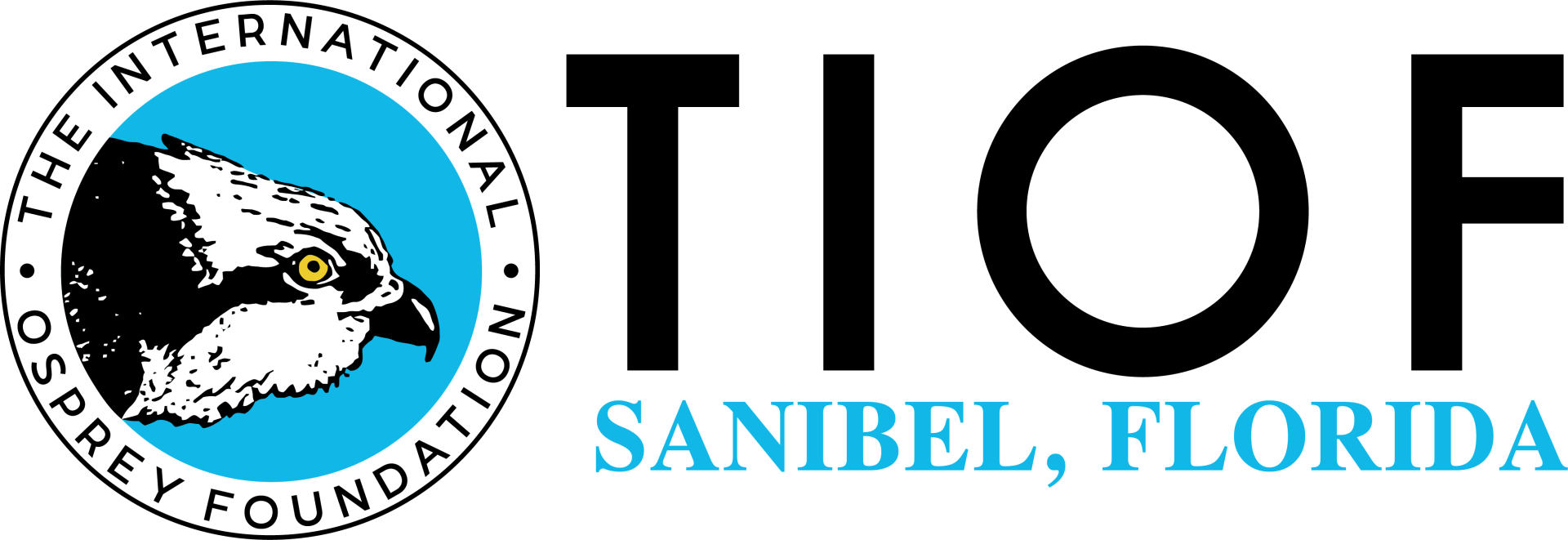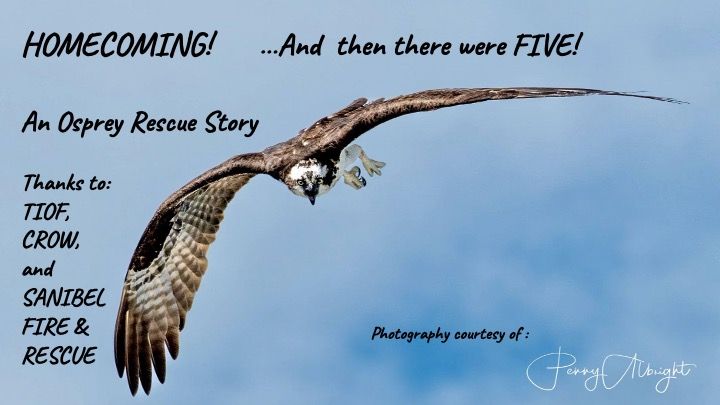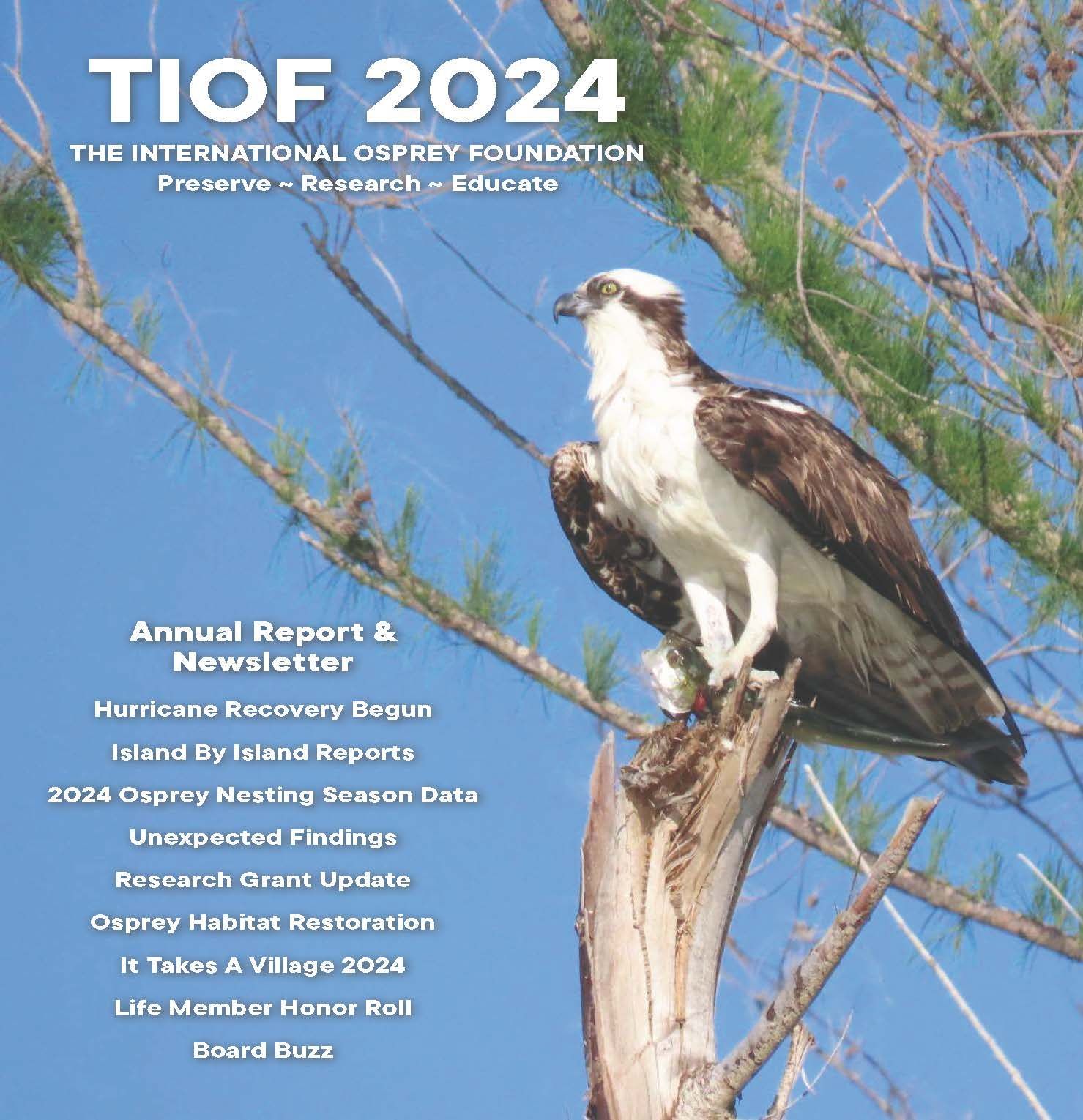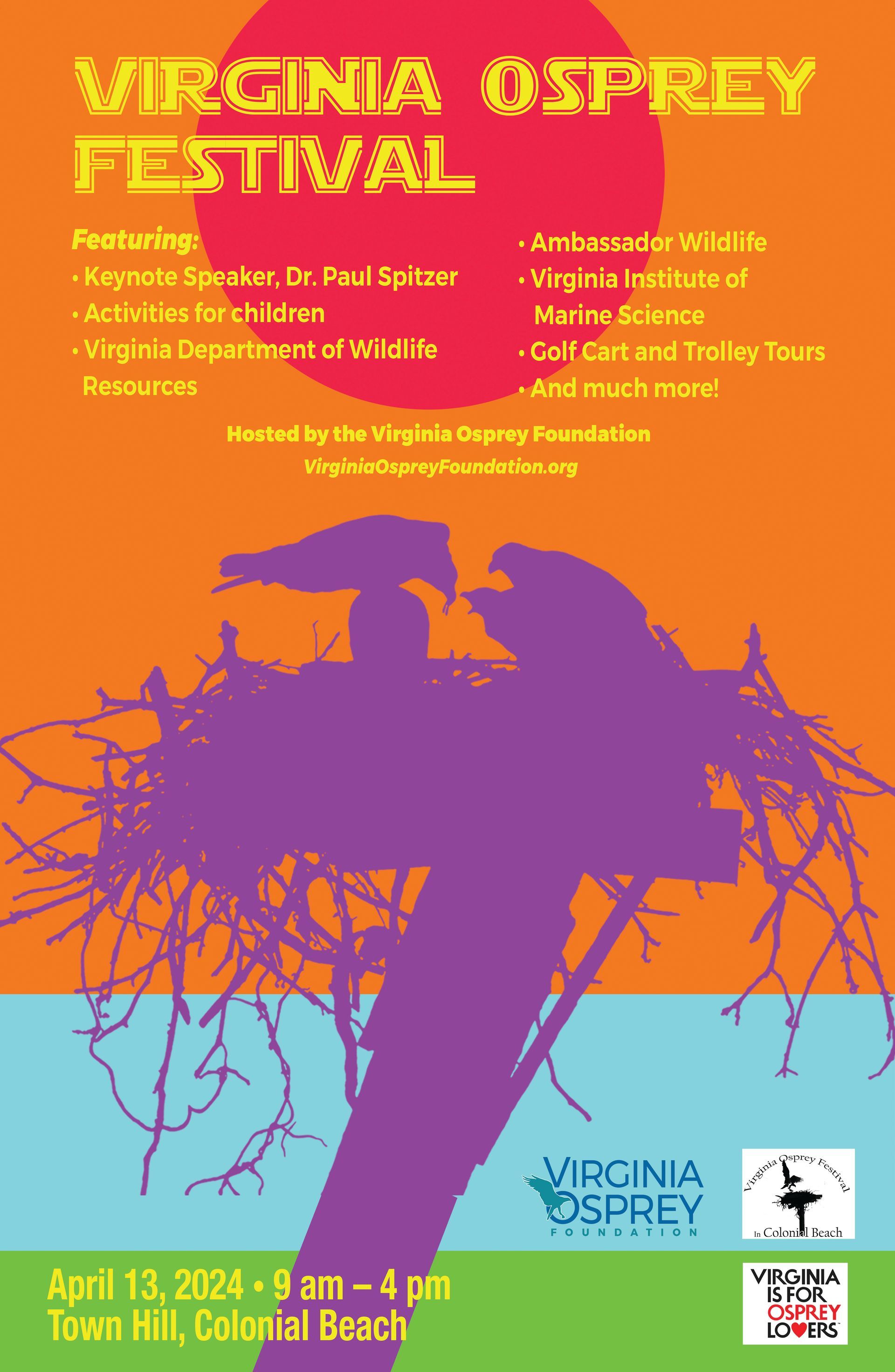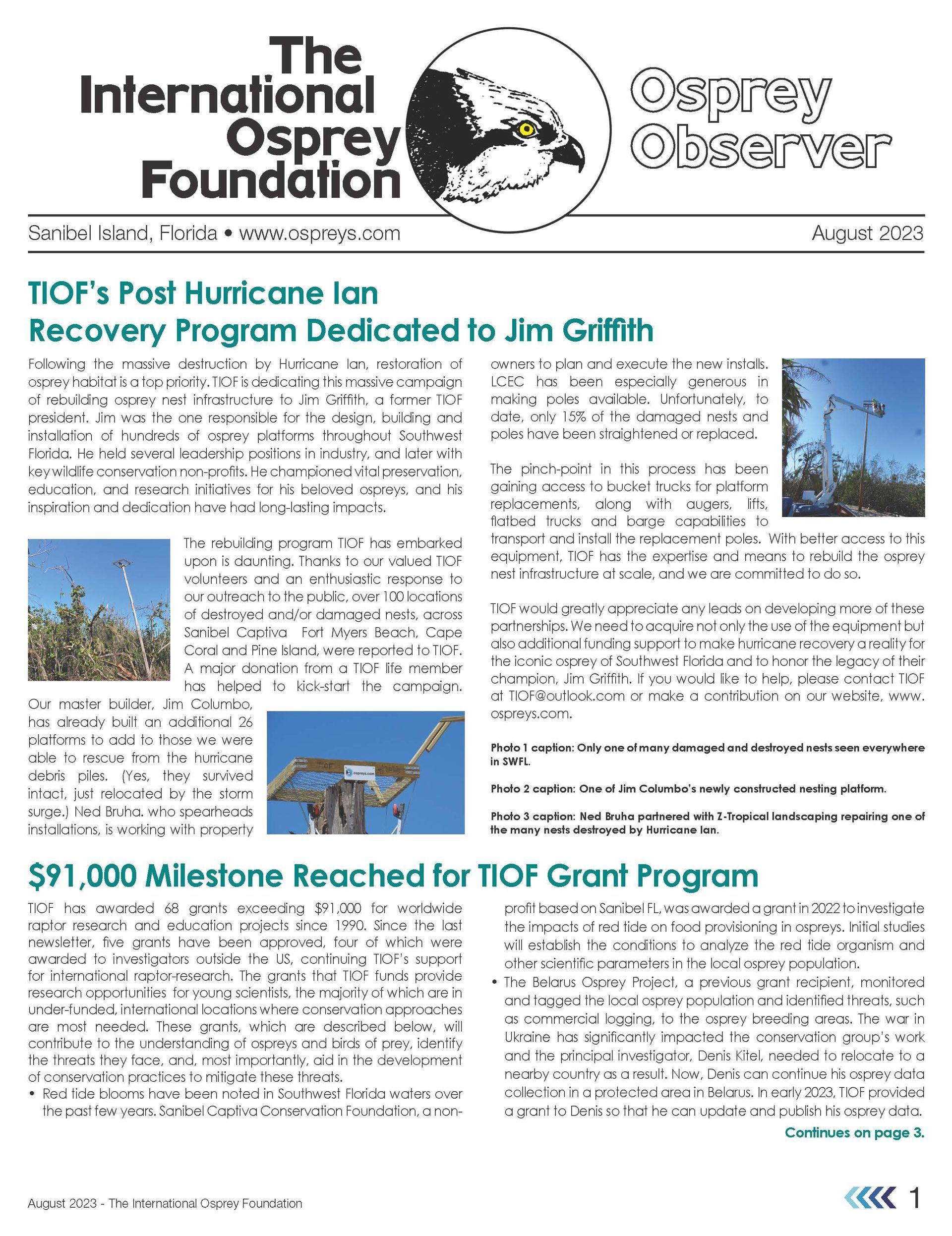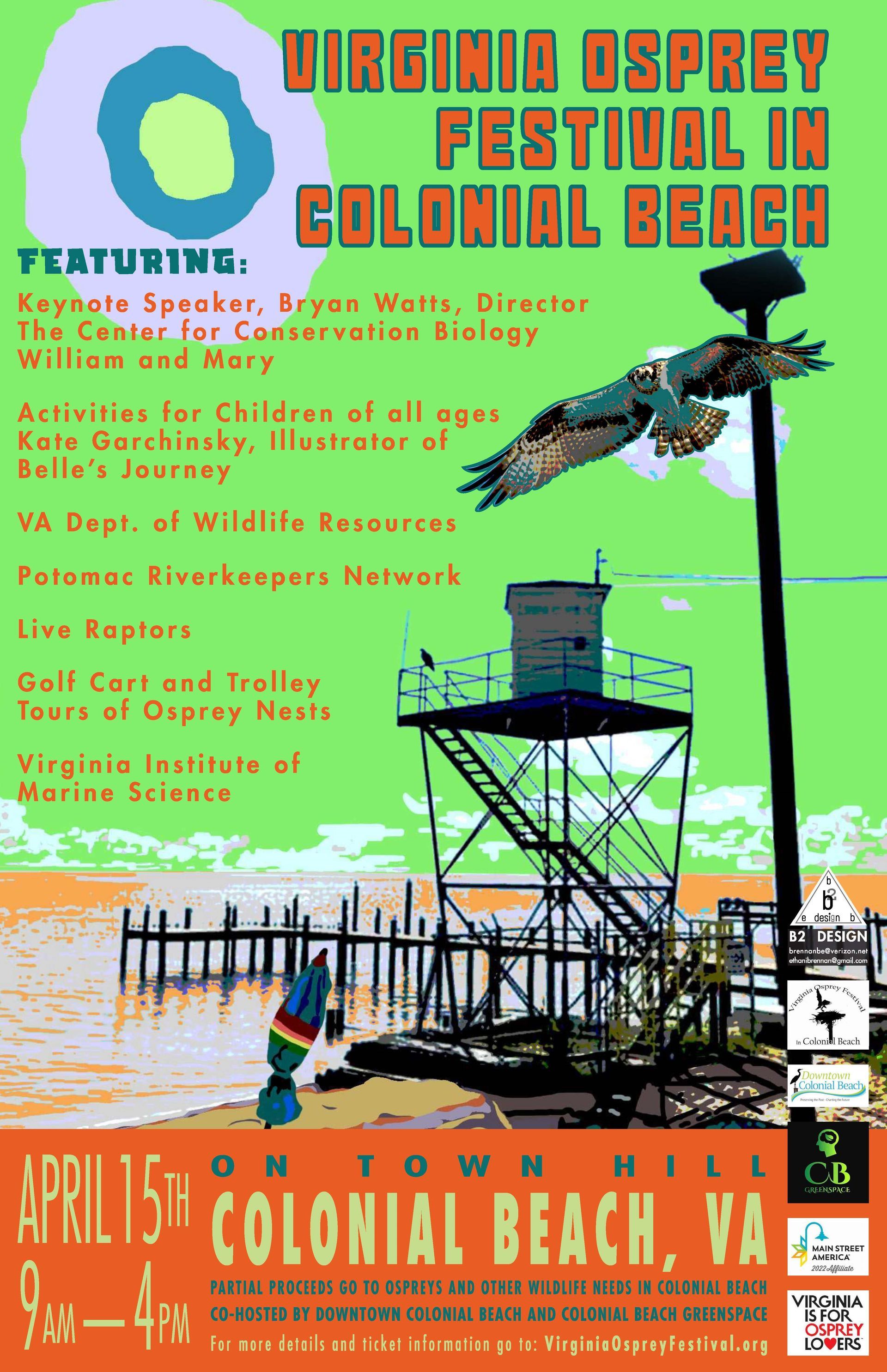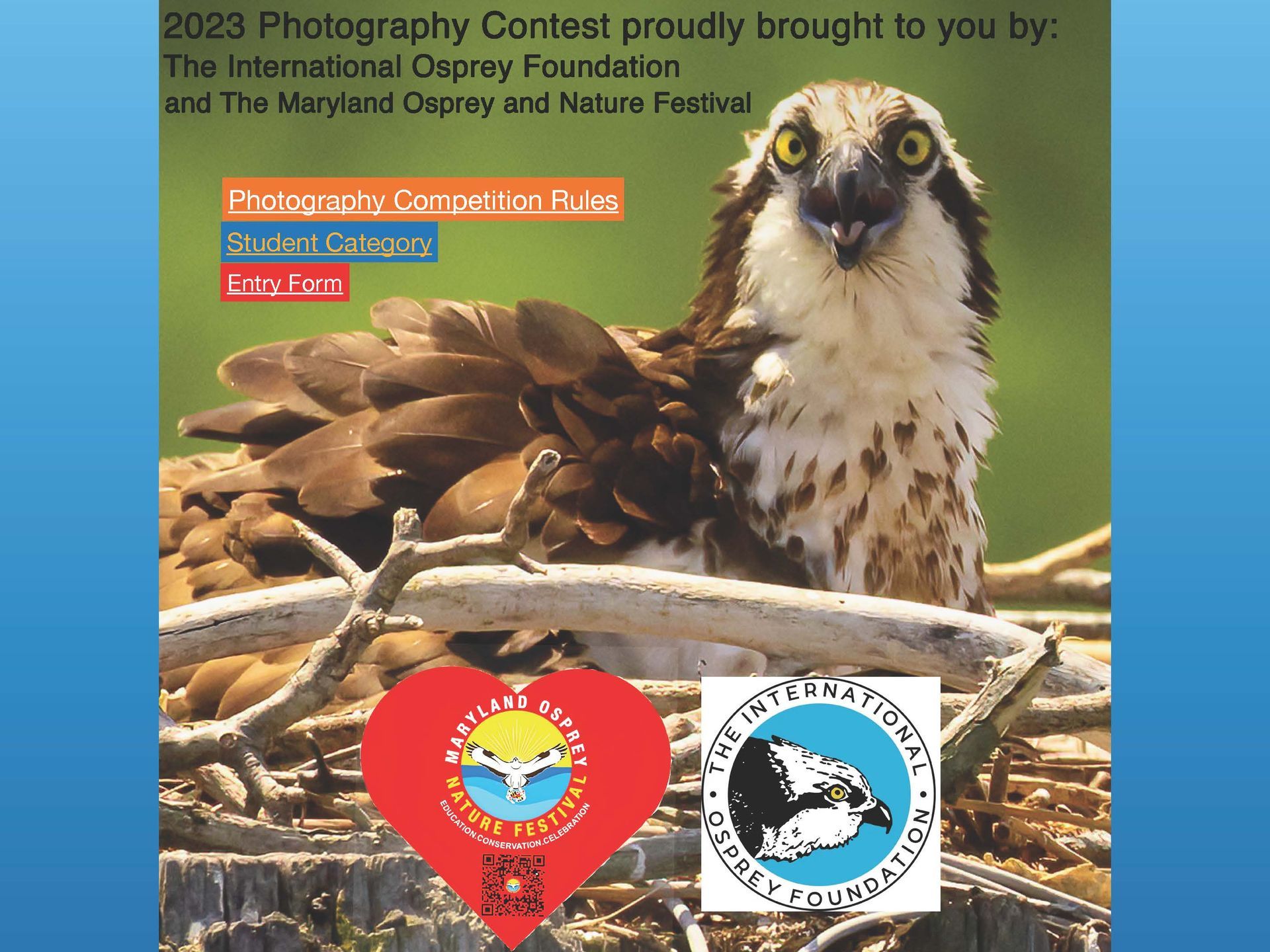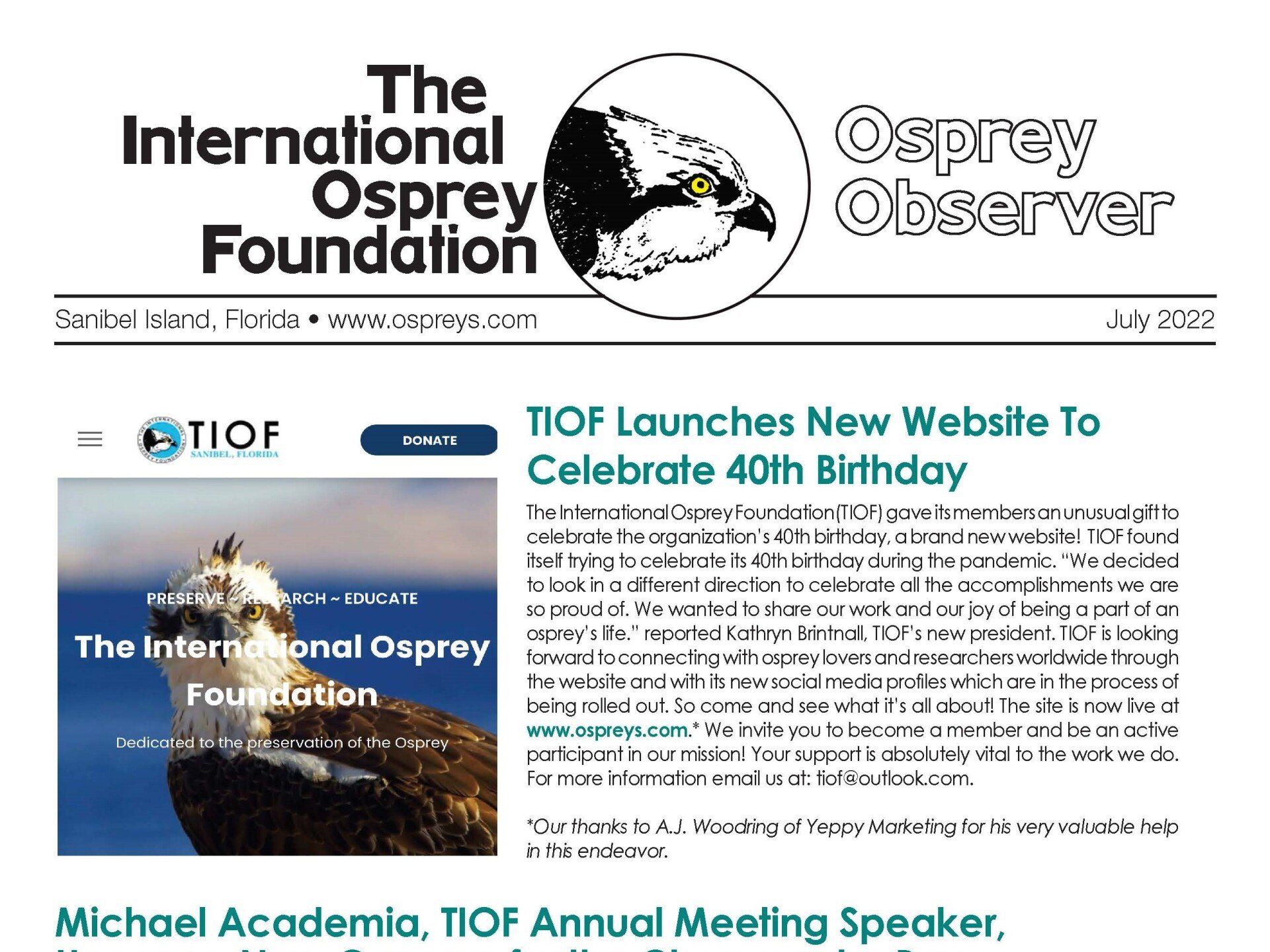TIOF Speaker Shares Bird’s Eye View of Osprey Behavior and Important Data on Their Food Supply
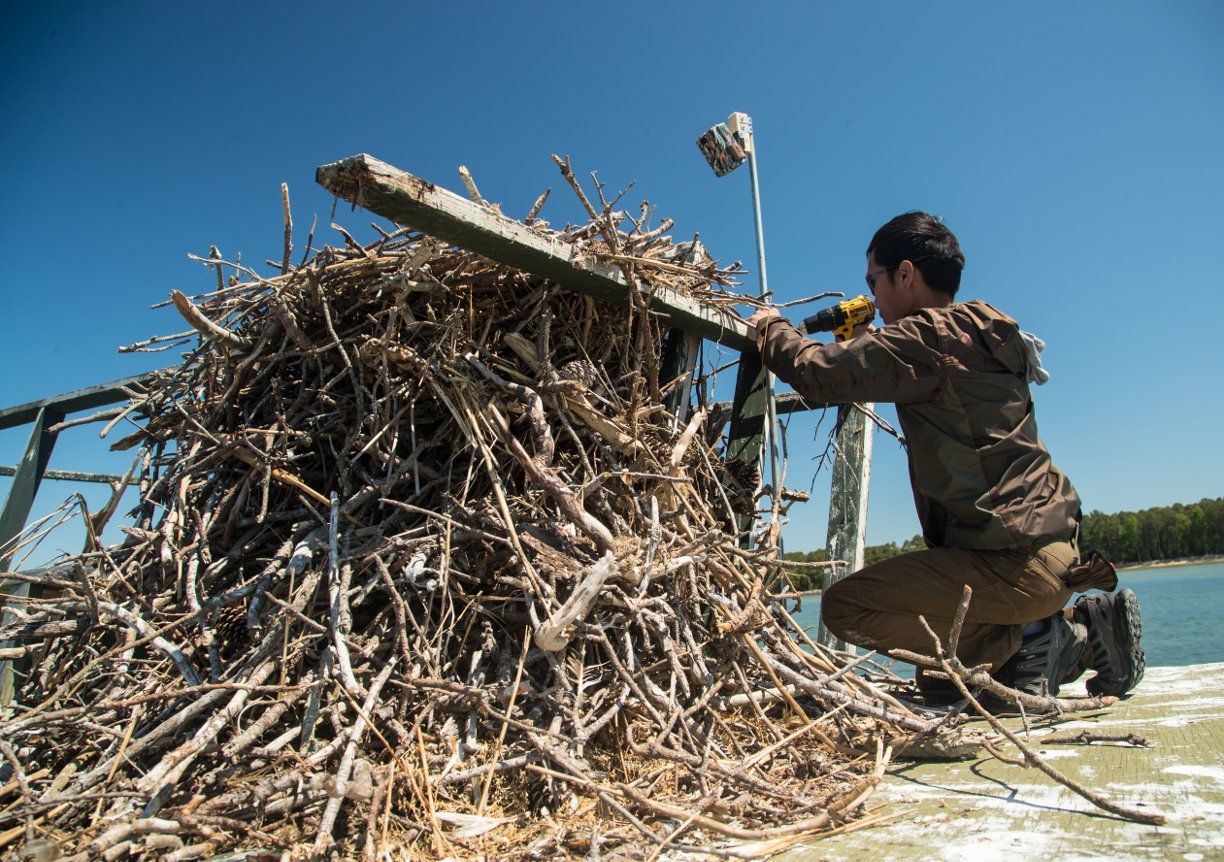
The International Osprey Foundation (TIOF) invites you to attend this exciting presentation which will anchor its annual meeting on Monday, March 7 at 6:30 pm at The Community House.
Presenting will be, recent TIOF Research Grant recipient, Michael Academia. Michael’s research brings him into close contact with nesting Ospreys, so he has a bird’s eye view into their nest life including the distinct roles for female and male ospreys, feeding behavior, chick growth and sibling hierarchy. A graduate student at The Center for Conservation Biology at William and Mary College in Williamsburg, Virginia, Academia has combined his passion for these magnificent raptors and his background in fisheries science to study the relationship between food supply and osprey nesting success. While his research focuses on ospreys in the Chesapeake Bay as biomonitors of fisheries and aquatic health, there is applicability to the Southwest Florida osprey population, which is also vulnerable to various environmental challenges and who serve as sentinel species for the health of our local waters.
The Chesapeake Bay, which supports the largest osprey breeding population in the world, is the area of focus for Academia’s research. The osprey in this region are dependent on the nutrient-dense Atlantic menhaden fish. Commercial fishing in the Bay has reduced the menhaden fish population, impacting osprey provisioning rates and reproductive success. Michael’s research provides insight into how osprey behavior is altered by low fish availability and whether providing menhaden directly to the osprey in their nests can reverse food stress. He studies how the addition of fish into osprey nests impacts the ability of chicks to grow and take their first flight, which is the ultimate success story for ospreys.
TIOF is fortunate to be able to share Michael Academia’s research with the osprey lovers of “the islands” and surrounding communities. Save the date and bring a friend! There is no charge to attend. Information on how to become a TIOF member and/or volunteer will be available at the meeting.
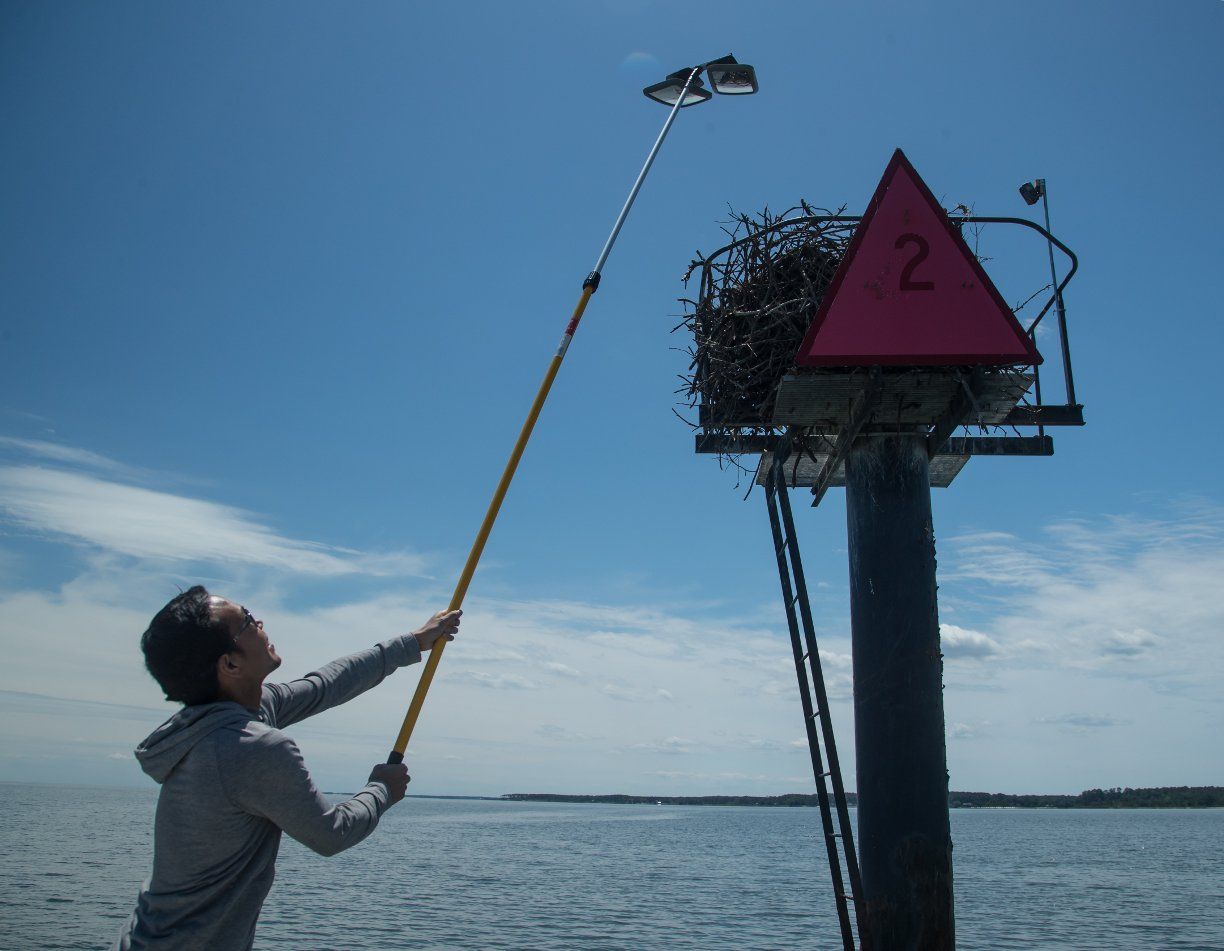
Share This Article
